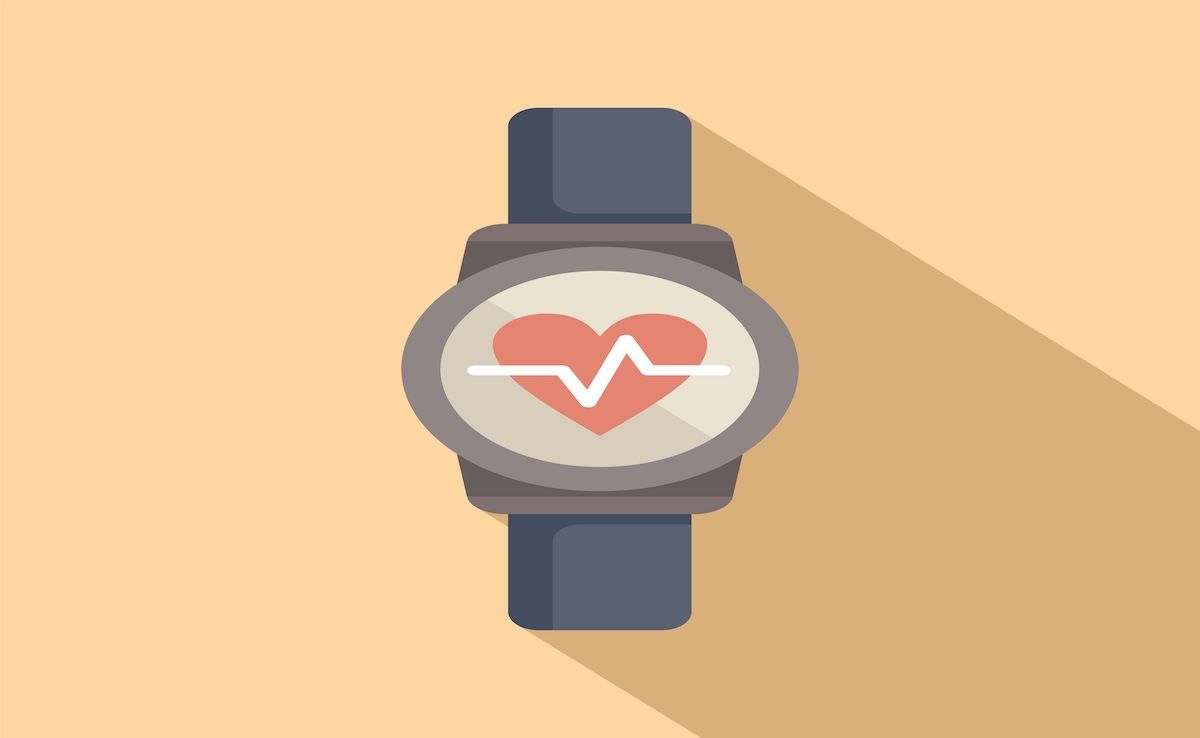Article
Dapagliflozin Combo Is Not More Effective in Reducing PAH in Preclinical Study
Author(s):
The study used rats with monocrotaline (MCT)-induced PAH to examine whether adding dapagliflozin, a sodium-glucose cotransporter 2 (SGLT2) inhibitor, would offer any add-on benefit when used with sildenafil.
A preclinical study that combined a blockbuster diabetes and heart failure drug with sildenafil, a vasodilator, failed to offer more benefits for pulmonary arterial hypertension (PAH), according to results published in BMC Pulmonary Medicine.
Led by investigators from Hunan Provincial People’s Hospital, the study used rats with monocrotaline (MCT)-induced PAH to examine whether adding dapagliflozin, a sodium-glucose cotransporter 2 (SGLT2) inhibitor, would offer any add-on benefit when used with sildenafil. Dapagliflozin has been shown to have benefits across the spectrum of heart failure, in addition to its ability to offer glycemic control by allowing excess glucose to be passed through the urine.
The rats with PAH were divided into 4 groups and treated for 3 weeks, with daily doses of 1 of the following: (1) dapagliflozin 1 mg/kg/day, (2) sildenafil 25 mg/kg/day, (3) combination of the dapagliflozin and sildenafil doses, or (4) a placebo. In addition, the study tracked a group of rats not induced with PAH. Investigators took hemodynamic measurements and assays to detect changes in PAH after treatments.
According to the results, dapagliflozin significantly reduced the MCT-induced increases in right ventricular systolic pressure (RVSP) and right ventricular hypertrophy (RVH) in PAH rats. Although both sildenafil and dapagliflozin reduced RVSP separately, combining them did not significantly improve this measure (combination, 33.35 ± 3.76 vs. sildenafil alone, 35.52 ± 5.02 mmHg, P = 0.29). The same was true for RVH: both drugs offered benefits as monotherapy, but adding dapagliflozin to sildenafil did not substantially increase the benefit (combination 0.32 ± 0.05 vs. sildenafil alone 0.36 ± 0.04, P = 0.13).
Rats with MCT-induced PAH who received the placebo showed a significant increase in the medial wall thickness, compared with those in the control group without PAH (46.00 ± 2.69% vs 18.18 ± 1.47%; P < .0001). Dapagliflozin helped keep much of this increase at bay (29.52 ± 3.20%), as did sildenafil (27.91 ± 1.72%). Combining the 2 offered limited additional benefit to sildenafil monotherapy (26.98 ± 1.16% vs 27.91 ± 1.72; P = 0.172).
In other measures, investigators found that “dapagliflozin attenuated nucleotide-binding domain-like receptor protein 3 (NLRP3) inflammasome activation in lung tissues and the levels of interleukin-1β (IL-1β) and interleukin-18 (IL-18) in plasma.” However, adding the SGLT2 inhibitor to sildenafil did not show a more benefits on RVSP and pulmonary vascular remodeling in MCT rats than sildenafil alone, they wrote.
In this rat model with MCT-induced PAH, “Dapagliflozin reduces right ventricular systolic pressure and pulmonary vascular remodeling,” investigators concluded. “However, combination therapy with dapagliflozin and sildenafil was not more effective than monotherapy with sildenafil in PAH rats.”
Reference
Tang Y, Tan S, Li M, et al. Dapagliflozin, sildenafil and their combination in monocrotaline-induced pulmonary arterial hypertension. BMC Pulmon Med. 2022;22(1):142. doi:10.1186/s12890-022-01939-7




